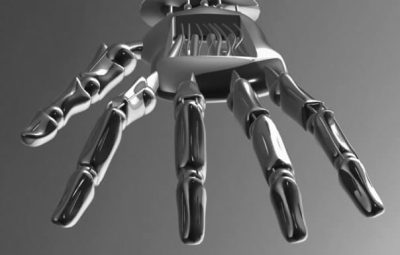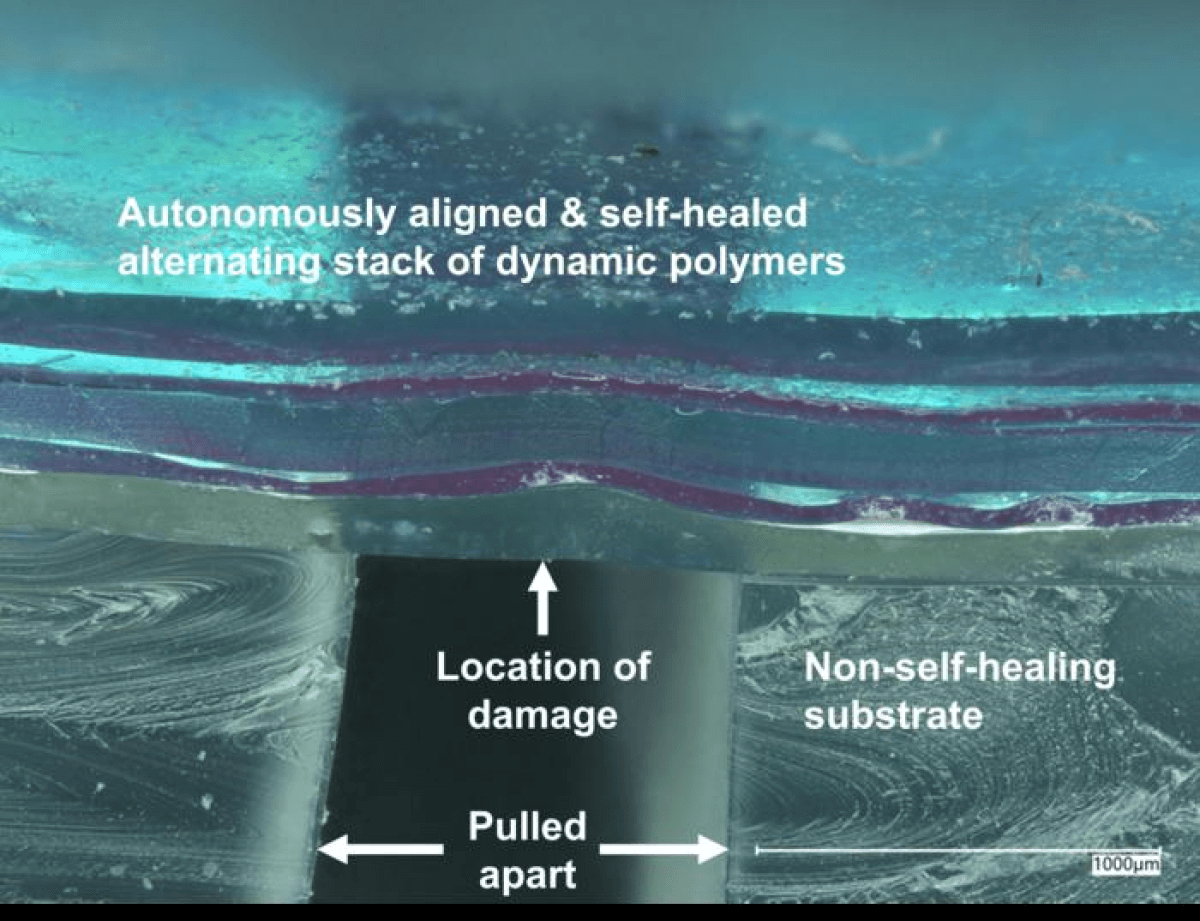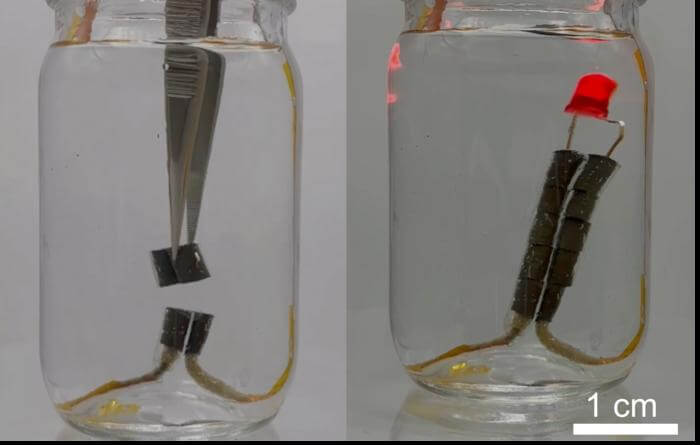Terminator-style Synthetic Covering for Robots Mimics Human Skin and Heals Itself

All Global Research articles can be read in 51 languages by activating the Translate Website button below the author’s name.
To receive Global Research’s Daily Newsletter (selected articles), click here.
Click the share button above to email/forward this article to your friends and colleagues. Follow us on Instagram and Twitter and subscribe to our Telegram Channel. Feel free to repost and share widely Global Research articles.
***
If you’ve seen the “Terminator” movies, you probably remember the terrifying robots that could repair themselves after gruesome injuries. Now, real life scientists have developed a synthetic skin for robots that “heals” itself and possesses a human-like sense of touch. Researchers say this material could potentially make people more comfortable with artificial intelligence in homes and workplaces. It may also contribute to the development of more realistic humanoid robots.
“We’ve achieved what we believe to be the first demonstration of a multi-layer, thin film sensor that automatically realigns during healing,” says Ph.D. candidate Chris Cooper, a co-author of the study, in a media release. “This is a critical step toward mimicking human skin, which has multiple layers that all re-assemble correctly during the healing process.”
Human skin has extraordinary qualities, such as sensing temperature, pressure, and texture, stretching and recovering repeatedly, and serving as a protective barrier against environmental threats. The researchers at Stanford University aimed to replicate these features by using layered synthetic materials.
“It is soft and stretchable. But if you puncture it, slice it, or cut it each layer will selectively heal with itself to restore the overall function. Just like real skin,” explains co-author Dr. Sam Root.

A depth-profiled digital microscope photograph of a 5-layer alternating laminate film of immiscible dynamic polymer films which have been damaged, autonomously aligned, self-healed and then pulled apart on a non-self-healing subject (to show the location of the damage). CREDIT: Bao Group, Stanford U.
The team aspires to develop multi-tiered synthetic skin, with each layer being less than a micron thin. A stack of 10 or more layers would be no thicker than a sheet of paper.
“We reported the first multi-layer self-healing synthetic electronic skin in 2012 in Nature Nanotechnology. There has been a lot of interest around the world in pursuing multi-layer synthetic skin since then,” notes lead author Professor Zhenan Bao.
The current study represents a significant advancement in science and robotics. The synthetic skin layers self-recognize and align with each other, restoring functionality as they heal. Existing versions still require manual repair by humans and even minor alterations can hinder the bot’s recovery.

Pieces of synthetic skin are drawn together magnetically; electrical conductivity returns as they heal, and the LED lights. (credit: Bao Group, Stanford U.)
The scientists used silicone and polypropylene glycol (PPG), both of which exhibit mechanical, rubber-like properties and biocompatibility. Minute particles incite conductivity. When warmed, both polymers soften and flow, solidifying as they cool. When heated to about 70°C (158°F), self-alignment and healing occur within approximately 24 hours. At room temperature, the process may take up to a week.
“Combining with magnetic field-guided navigation and induction heating, we may be able to build reconfigurable soft robots that can change shape and sense their deformation on demand,” says co-author Prof. Renee Zhao.
She suggests that these developments could also revolutionize warfare with the deployment of indestructible robots. The next steps for the team include making the synthetic skin layers as thin as possible and of varying function. The current prototype was designed to sense pressure, but additional layers could potentially sense changes in temperature or strain. Future applications could even include robots that self-assemble inside the body for non-invasive medical treatments, or multi-sensory, self-healing electronic skins that give robots a sense of touch.
The researchers say the long-term vision is to create devices that can recover from extreme damage autonomously.
*
Note to readers: Please click the share button above. Follow us on Instagram and Twitter and subscribe to our Telegram Channel. Feel free to repost and share widely Global Research articles.
The study is published in the journal Science.
South West News Service writer Mark Waghorn contributed to this report.
Featured image: © michalsteflovic – stock.adobe.com

